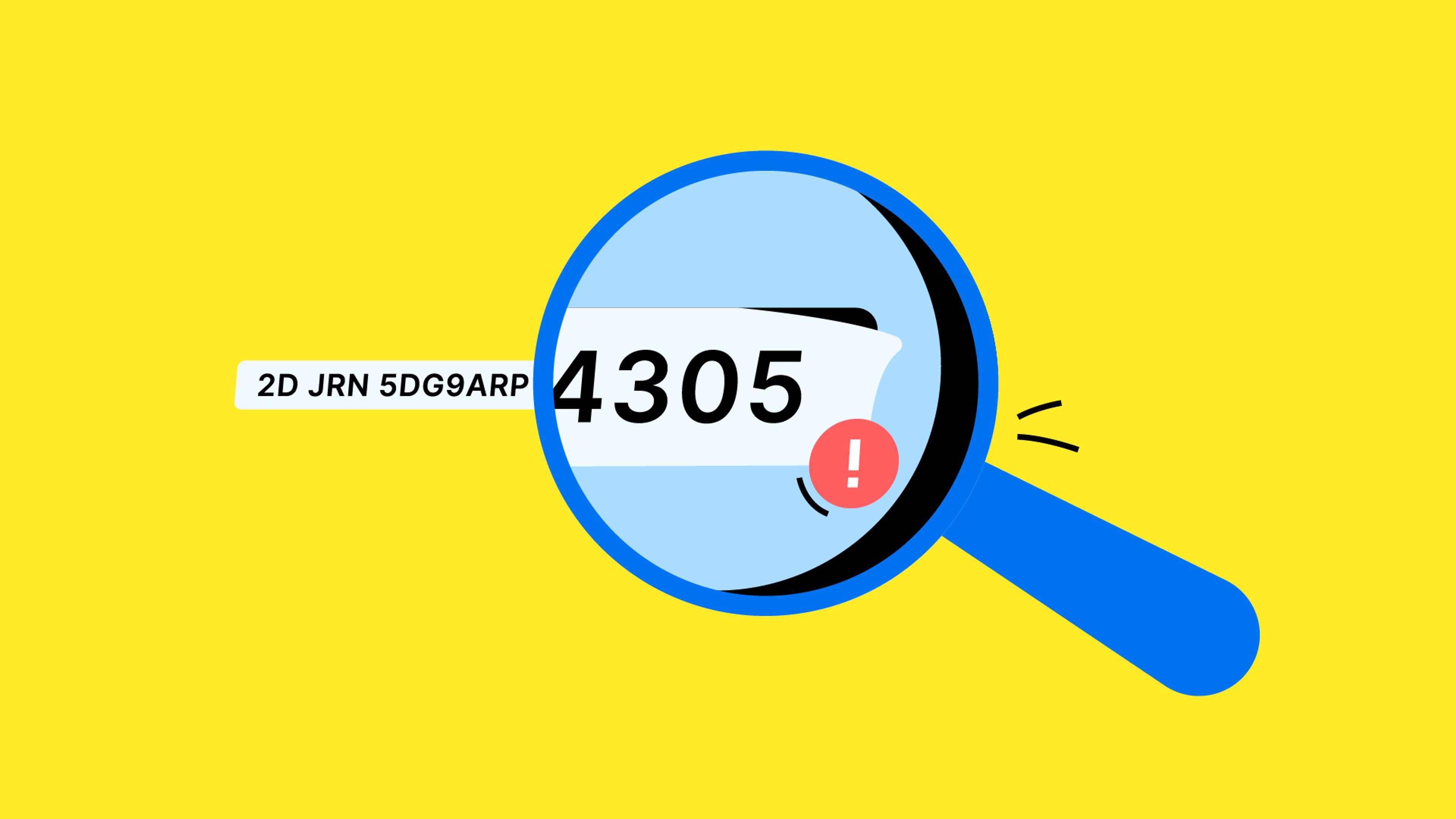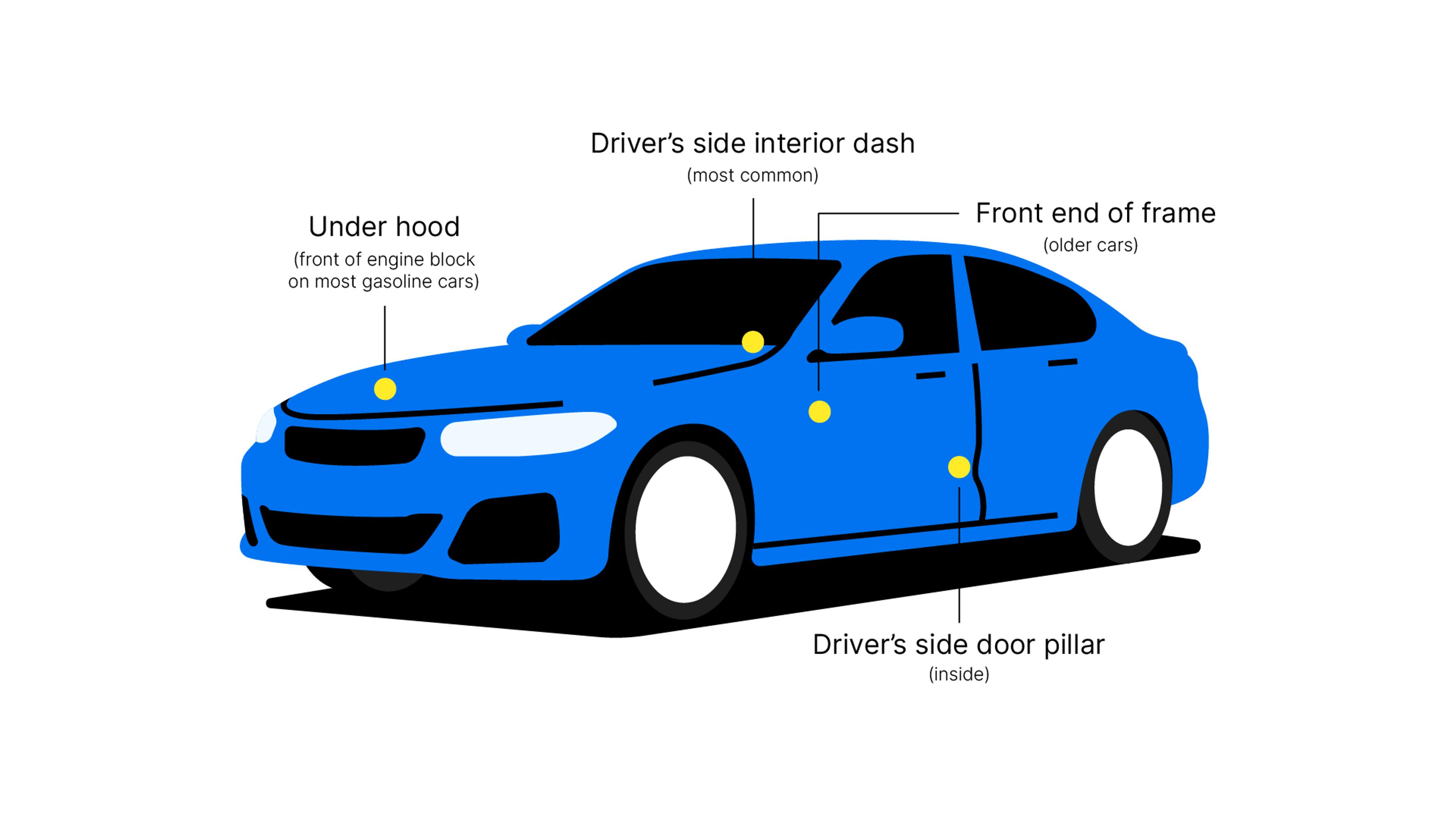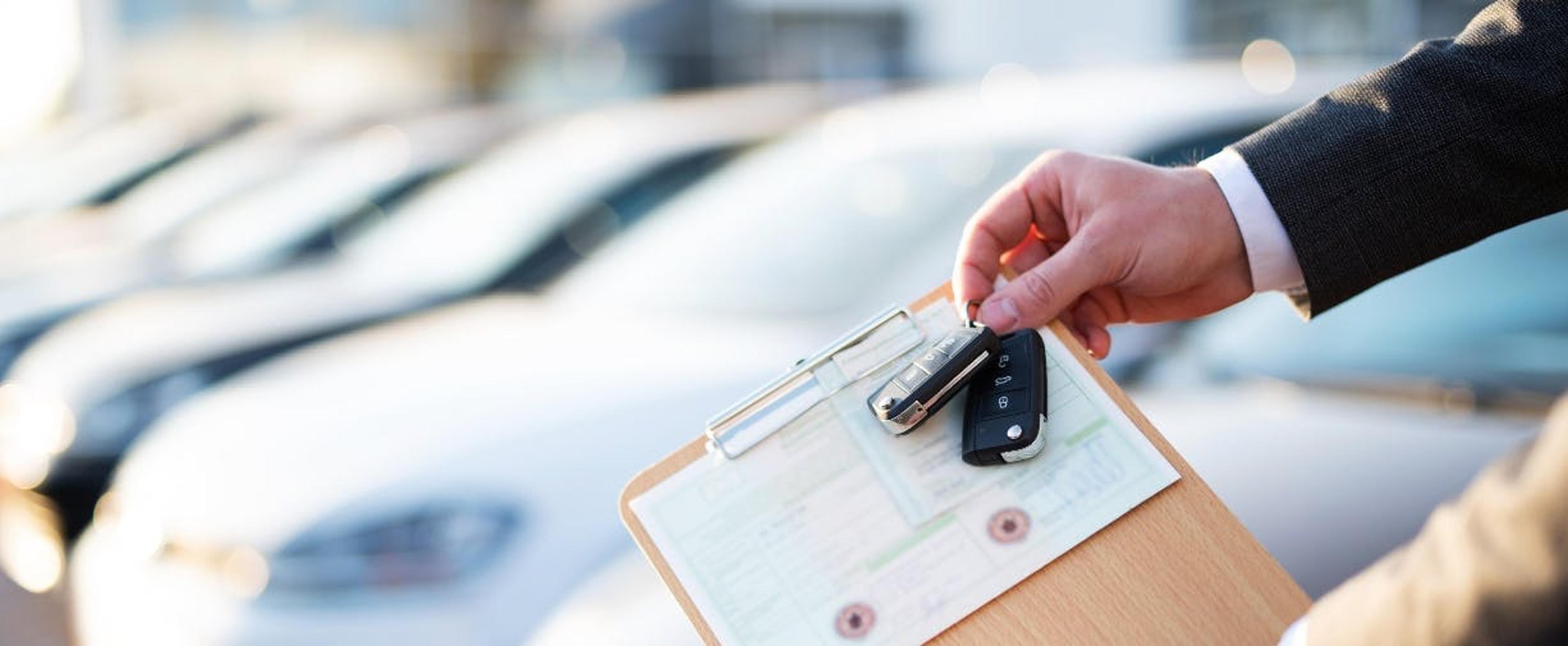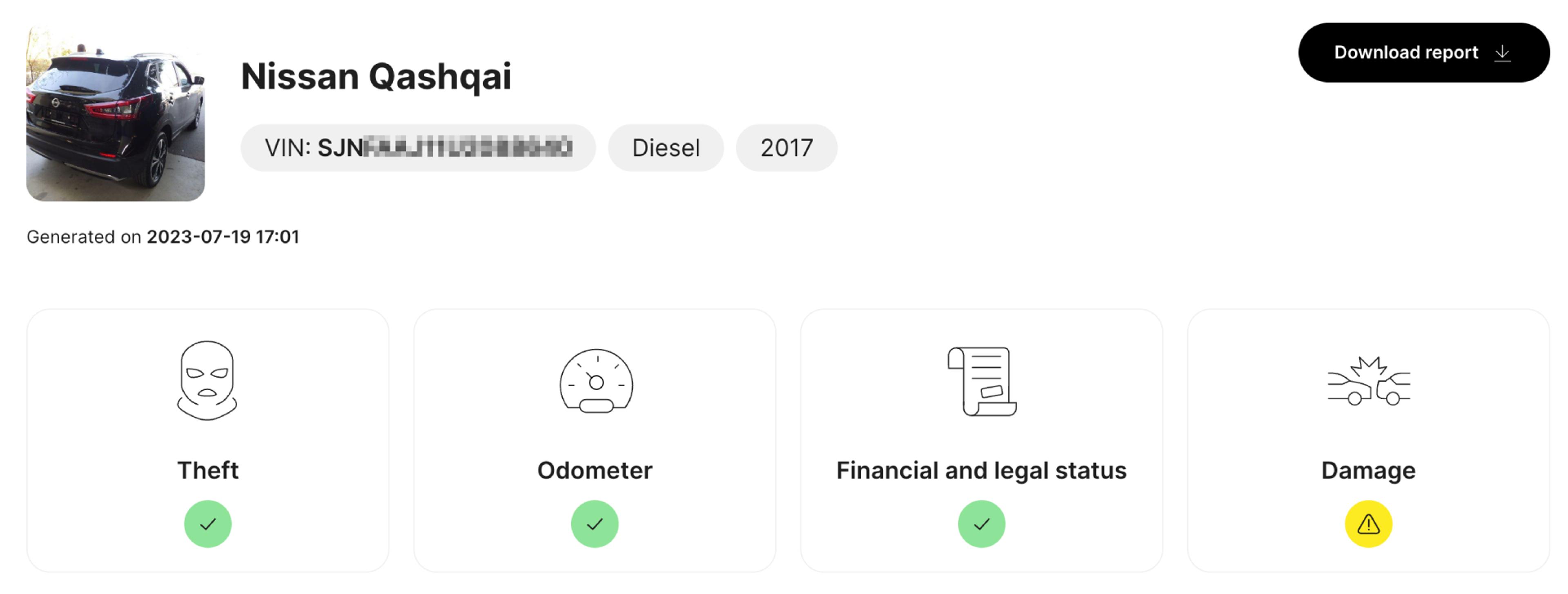
The car market is super profitable, and car traders often resort to deceptive practices to boost their earnings. This includes falsifying mileage or registration documents. The most notorious traders may even employ more aggressive strategies, such as selling stolen cars. These techniques can certainly make the scammer rich at the expense of customers!
Fortunately, it’s difficult to hide a stolen car or a fake mileage reading from a good VIN decoder. Not so fortunately, the most hardcore fraudsters will sometimes fake or clone vehicle identification numbers (vin plates) to get away with selling worthless cars.
So what do you survive in this world of crooks? Well, firstly, read on and I’ll answer some pressing questions – is it easy to fake vin number? More importantly, how do you identify a fake VIN code? Read on to find out!

Afraid of buying a wreck?
Check any VIN to learn a vehicle's history!
How hard is it to fake a VIN number?
Faking a VIN code can be as easy as it is to replace a plate containing this code on the vehicle. Conversely, it can be as difficult as finding a vehicle that’s incredibly similar to the one you’re trying to impersonate, and replacing all of the VIN plates. It all depends on the observation skills of the victim of the scam. It goes like this:
How can I fake a VIN number?
Car manufacturers insert the VIN number plate in multiple locations to prevent data falsification. For example, on the driver’s side dashboard or the driver’s side door jamb.
So if you want to tamper with the vehicle’s identification number, you’ll have to replace all of these original plates identifying the VIN number.
For older cars, especially those built before 1980, forging a VIN number plate is relatively simple. As there was no universal standard for these identifiers at the time, different manufacturers employed various formats, etc.
Currently, this is a lot more difficult to do, but certainly not impossible.
What is the possibility of getting caught?
Although forging a VIN plate may appear to be a simple process, modern technology means you can identify a car with a fake VIN plate in a matter of moments.
Even if the car has falsified registration documents and body number, the vehicle history report will always show the actual history report associated with a vehicle identification number.
Even if the model you see in the history report is the same, the details of the report will be different.
How do you know if your VIN number has been tampered with?
When buyers look for a newer vehicle, they have no way of knowing if it has been in an accident, if it is well-maintained, or if it has fallen into the hands of thieves. Luckily, simple steps are sufficient to safeguard yourself from a terrible investment.
If you want to prevent unexpected problems entirely, we suggest the following tips:
1. Inspect the car
Changing the VIN everywhere on the vehicle is a tough and time-consuming task. Many people assume that the VIN is only displayed on the small metal tab near the windshield on the driver’s side dash. However, it’s often also stamped on the driver’s side door jamb, multiple locations beneath the hood, in the trunk, and on various body and frame pieces.

So look around! Are you seeing the same number on all VIN plates?
Furthermore, remember to eliminate the letters I and O after you’ve found your VIN number. These don’t appear in VINs and are instead represented by the numbers 1 and 0.
2. Check the vehicle registration documents

Buying a car usually means getting its vehicle registration paperwork. In many countries (and US states), you can’t register or insure a car without it.
Verify that a car has all of the required documentation and that the information included in these documents corresponds to the vehicle you wish to purchase. Typically, these documents will have a VIN code printed on them – compare it to the one you see on the car!
It is particularly vital to check the documentation if a vehicle was imported from another continent.
3. Get a vehicle history report

This is the silver bullet for all sorts of used car scams, and fake VINs are no exception. Using a vehicle identification number provided by the seller, get a comprehensive vehicle history report, which will reveal lots of useful information about a specific vehicle. Each vehicle history report will give you an idea of:
- Whether a vehicle has been in an accident
- What is the total number of times the vehicle has changed hands
- When the car was serviced in an official workshop
- Whether or not the mileage is accurate
- Whether the vehicle has been stolen
Crucially, getting a history check will tell you whether the vehicle identification number is fake.

For example, check the mileage and compare the info to what you see on the odometer. And even though it’s possible to fake the odometer reading, it will be extremely difficult to fake every single bit of info in the car history.

Check your VIN
Avoid costly problems by checking a vehicle's history. Get a report instantly!
What should I do if my VIN number is wrong?
It can be confusing to come across a vehicle with an altered VIN, but assume a vehicle has a forged or changed VIN number. Buyers should not hesitate to contact the police and other authorities in this circumstance, as other potential buyers may become victims of fraud.
Frequently asked questions

Article by
Aivaras Grigelevičius
Aivaras has been excited about cars since he was a little kid. Later, this passion for drivable objects (and everything that surrounds them) grew into work as an automotive journalist. Since then, Aivaras has written for several different magazines, covering anything with an accelerator pedal. He has a soft spot for cars with an Alfa Romeo badge.
